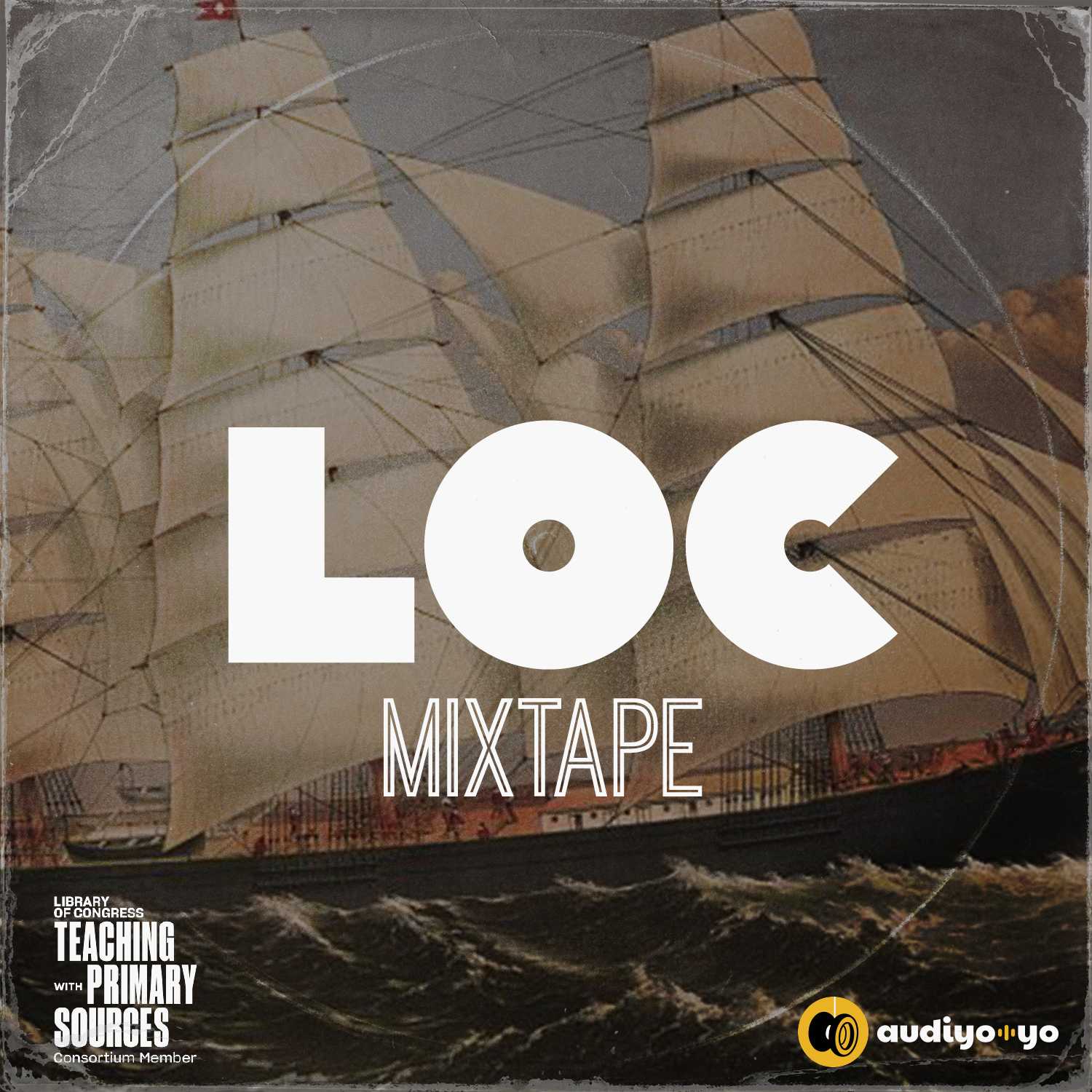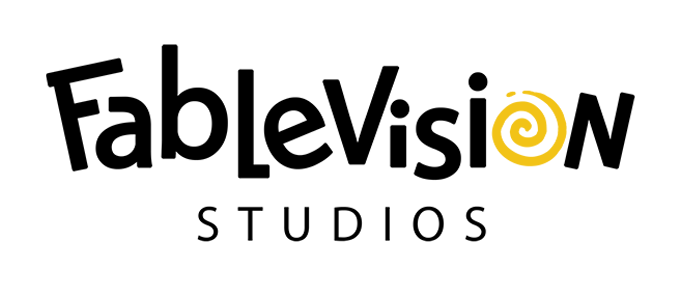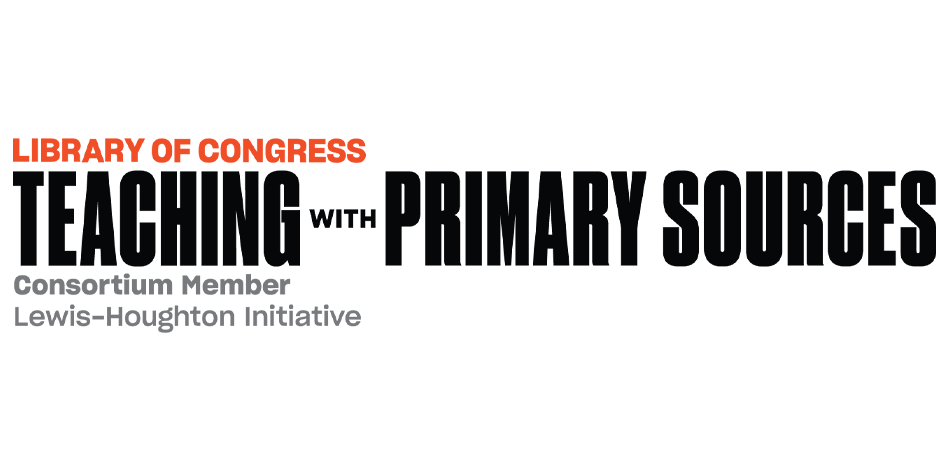
“Dead Horse Shanty”
Grades 9-12
Teacher’s Guide and Related Standards
This lesson explores the historical and cultural context of sailors creating and performing sea shanties in the 19th and early 20th century. Students will have the opportunity to 1) listen to and analyze the ceremonial “Dead Horse Shanty,” 2) engage with a contemporary composer’s re-interpretation of the “Dead Horse Shanty,” and 3) participate in creative musical activities connected to sea shanties.
Standards
- Theory and Composition Strand; Guitar/ Keyboard/ Harmonizing Instruments; Ensembles
- Common Anchor Standard 1
- This standard focuses on creating music based on experiences and context.
- Common Anchor Standard 4
- Common Anchor Standard 7
- This standard especially applies to the playlist exercise. It asks students to choose music for specific contexts and purposes.
- Common Anchor Standard 11
- This standard relates to the overall engagement with the podcast and accompanying exercises. It encourages students to explore how other disciplines, experiences, and daily life inform the creation of music.
- Dimension 2: Applying disciplinary concepts and tools
- History
- Change, Continuity, and Context
- Perspectives
- Historical Sources and Evidence
Procedure
Introduction
This lesson on sea shanties is designed to accompany the Library of Congress Mixtape Podcast, Episode 1. The thinking and active listening questions are designed to encourage students to engage with the podcast episode, while the supplementary activities can be used to spark creative interaction based on the ideas presented in the podcast.Podcast Episode Guide
This guide helps teachers understand the structure of the podcast episode and plan classroom discussions or activities. Use the timestamps to navigate the episode and highlight key segments.Episode Format Overview:
- 0:00–1:21 | Host introduction
The host introduces the show’s theme of exploring audio primary sources from the Library of Congress and doing “remixes” of them, providing context and modeling how a podcast engages listeners from the start. - 1:21–3:17 | Episode topic introduction
The episode’s focus is introduced. Students can note the topic and reflect on their prior knowledge or any questions they may have. - 3:17–5:03 | “Imagine This” segment
Primary source audio is played along with accompanying descriptive narration, helping students visualize its historical or cultural context. The host tees up the guest expert(s), bridging the source and expert insight. - 5:03–17:23 | Historical expert interview
The guest expert discusses the topic in depth with the host. Encourage students to listen for evidence, examples, and explanations that connect to the primary source audio. - 17:23–18:20 | Transition to musical guest
Another audio clip introduces a new perspective and sets up the musician interview. Teachers can prompt students to compare and contrast with earlier sources. - 18:20–30:26 | Musician interview
The guest musician shares their response to the primary source and how they created a new work in conversation with that source. This segment illustrates how primary sources and personal experiences inform our understanding of cultural history and can inspire new creative endeavors. - 30:26–32:38 | Original remix audio
Students hear a creative reinterpretation of the primary source. This segment can be used to discuss adaptation, creativity, and the evolution of cultural practices. - 32:38–34:00 | Outro and credits
The host wraps up the episode. Teachers can guide students to reflect on what they learned and connect it to broader themes, related questions, extension/enrichment activities, or classroom projects.
- 0:00–1:21 | Host introduction
Extension
Additional exploration of this topic could involve examining the differences between subtypes of shanties by analyzing recordings available from the Library of Congress. According to Stephen Winnick, more sustained work required longer songs (with brief call and response), while quicker or simpler work required shorter uptempo songs.
Exercise: Compare and contrast two shanties. Compare “Dead Horse Shanty” - a halyard (hauling) shanty, to “Haul Away”, a short haul song. See Winnick’s blog post for more context.
Consider:
- What differences do you hear between the two songs? What musical elements stand out to you?
- In what ways are the songs similar?
- Why might the sailors use different types of shanties in their work?
Assessment
Depending on instructional choices and class priorities, a variety of interdisciplinary learning outcomes might be measured through a customized rubric. Measurable learning outcomes might include:
- Accurate musical or historical analysis
- Lyrical or musical inventiveness
- Synthesis of historical and musical context
- Demonstration of musical elements (rhythm, form, melody, etc.)
- Thematic insights through students' personal reflections
Please feel free to use the rubric below or create a rubric that measures the specific learning outcomes that you have identified.
Summative Assessment Rubric (writing or oral exercise)
| No Response Score Point 0 |
Not There Yet Score Point 0.5 |
Beginning To Score Point 0.75 |
Yes Score Point 1.0 |
|---|---|---|---|
| The claim is missing | The claim is incorrect or irrelevant. | The claim partially takes a position on the topic or issue addressed within the prompt. | The claim takes an appropriate position on the topic or issue addressed within the prompt. |
| There is no type of evidence in the response | The evidence is irrelevant or does not support the claim. | The evidence partially supports the claim and demonstrates some understanding of the topic or text, using appropriate sources. | The evidence supports the claim and demonstrates a strong understanding of the topic or text, using appropriate sources. |
| There is no use of words, phrases, and clauses to create cohesion and to clarify the relationship between the claim and evidence. | Use of words, phrases and clauses fail to show or explain any relationship between the claim and evidence. | Scientific words, phrases, and clauses used lack cohesion but partially clarify the relationship between the claim and evidence. | Appropriate scientific words, phrases, and clauses are used to create cohesion and to clarify the relationship between the claim and evidence. |
Teacher Resources
- An Educator's Guide to Using Music as a Primary Source in the History Classroom - This teacher guide explains the framework developed by TeachRock for exploring history through music-based primary sources. The framework focuses on five areas of analysis: musicians, media, materials, mapping, and music making.
- Library of Congress (2021, January 29). Sea shanties [Podcast episode].
https://www.loc.gov/item/podcasts/2021-01-29/sea-shanties - Winnick, S. (2021, January). A deep dive into sea shanties. Library of Congress.
https://blogs.loc.gov/folklife/2021/01/a-deep-dive-into-sea-shanties - Winnick, S. ( 2024, September). Patrick Tayluer: The greatest sea shanty singer you’ve never heard. Library of Congress.
https://blogs.loc.gov/folklife/2024/09/patrick-tayluer-the-greatest-sea-shanty-singer-youve-never-heard
References
- Library of Congress (n.d.), Traditional work songs.
https://www.loc.gov/collections/songs-of-america/articles-and-essays/musical-styles/traditional/traditional-work-songs/ - National Photo Company Collection. (1915) Clipper ship "Three Brothers," largest sailing vessel in world, 1915, Washington, D.C., Library of Congress, Prints & Photographs Division, [reproduction number, e.g., [LC-F82-1234]. [Photograph] Retrieved from the Library of Congress, https://www.loc.gov/pictures/item/2016852745 .



